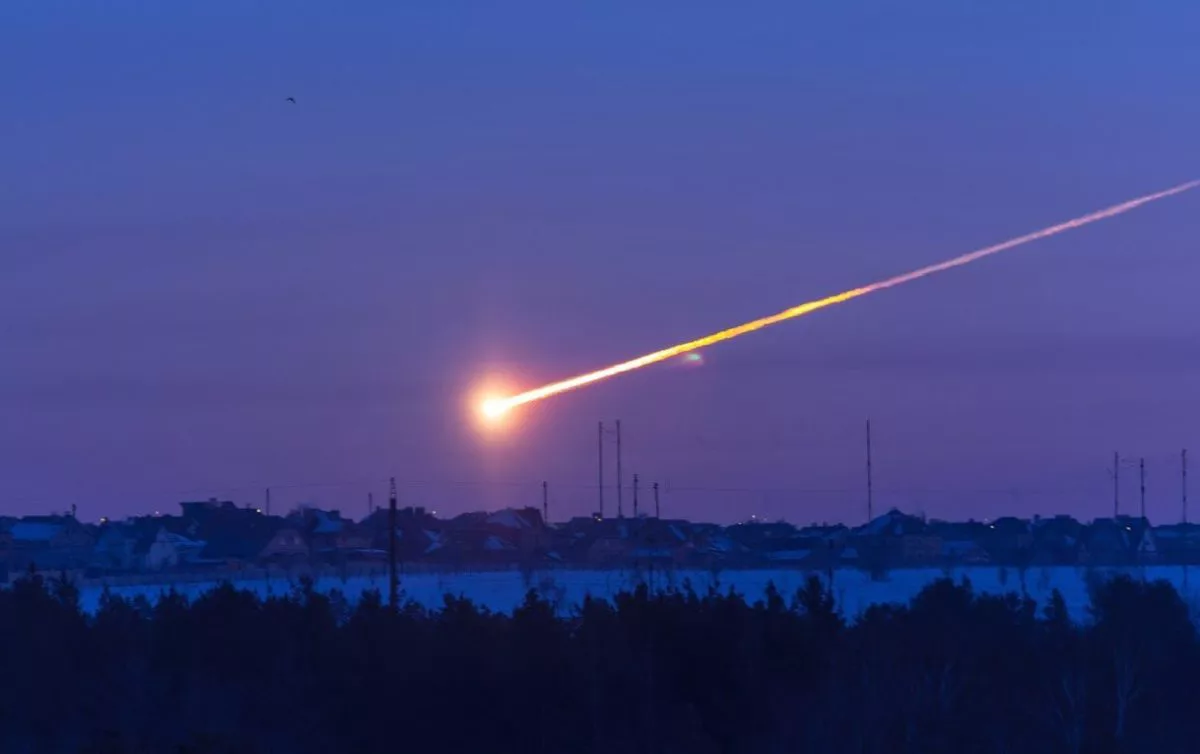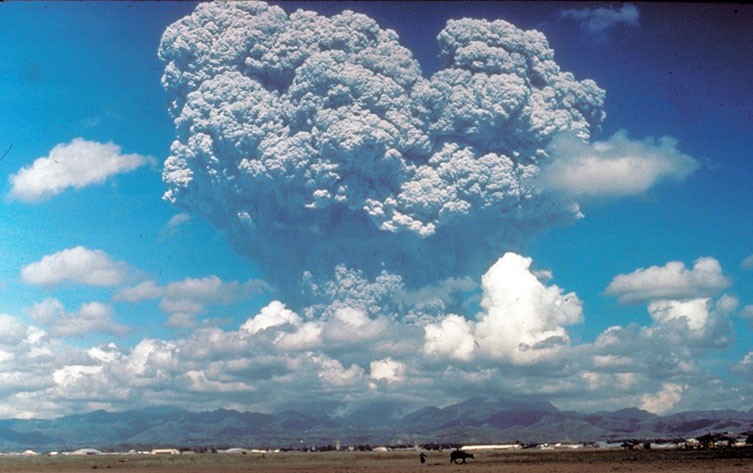Could the World Really End? Exploring Doomsday Scenarios
Picture this: a massive asteroid hurtling toward Earth, a supervolcano erupting with the force of a thousand nuclear bombs, or a rogue AI taking over the world. Sounds like the plot of a Hollywood blockbuster, right? But these are real scenarios scientists have studied as potential threats to humanity’s survival. From cosmic collisions to human-made catastrophes, the idea of the world ending has fascinated us for centuries. Why are we so drawn to these end tales, and what does science say about the risks we actually face? In this deep dive, we’ll explore the most plausible scenarios for the end of the world, compare their likelihood and impact, and uncover what they mean for our future. Grab a seat—it’s going to be an eye-opening ride!
Why Do We Love a Good Apocalypse?
Let’s start with a question: Why are we so obsessed with the end of the world? From ancient prophecies to modern sci-fi flicks like Armageddon, end stories tap into our deepest fears and curiosities. They’re a way to grapple with the unknown, to imagine how we’d survive—or not—in the face of catastrophe. But they also reflect our hope: if we can predict the end, maybe we can prevent it.
History is littered with failed end predictions. Remember the Mayan calendar frenzy in 2012? Many thought it signaled the apocalypse, but it was just the end of a 5,125-year cycle, like resetting a cosmic clock (Mayan Calendar). Or Y2K in 2000, when fears of computer crashes sparked global panic? Thanks to proactive fixes, January 1, 2000, was just another day (Y2K). These flops show we’re prone to hype, but they also teach us to approach end-of-the-world claims with skepticism. So, let’s turn to science to separate fact from fiction.
Natural Disasters: When Earth and Cosmos Turn Against Us
Nature doesn’t need our help to cause chaos. Here are the top natural risks that could threaten life on Earth.
Asteroid Impacts: A Cosmic Game of Chance
Sixty-five million years ago, a 10-kilometer-wide asteroid slammed into what’s now Mexico, creating the Chicxulub crater and wiping out the dinosaurs (Chicxulub Impact). Could it happen again? Absolutely, but the odds are slim. NASA tracks near-Earth objects (NEOs) and estimates the annual chance of a global catastrophe from an asteroid larger than 1 km at less than 1 in 100 million (NASA NEO). Smaller asteroids, like the 2013 Chelyabinsk meteor that injured over 1,000 in Russia, are more common but cause regional damage. Efforts like NASA’s DART mission, which successfully tested asteroid deflection in 2022, give us hope we can nudge future threats off course (DART Mission).
Supervolcano Eruptions: Earth’s Explosive Temper
Supervolcanoes are volcanoes capable of ejecting over 1,000 cubic kilometers of ash and gas, enough to alter the global climate. The Toba eruption in Indonesia 74,000 years ago may have triggered a volcanic winter, nearly wiping out early humans (Toba Catastrophe Theory). Yellowstone Caldera in the U.S. is a modern supervolcano, but its last eruption was 640,000 years ago. If it erupted today, it could blanket North America in ash and cause global cooling for years (Yellowstone Supervolcano). Fortunately, scientists monitor Yellowstone closely, and the chances of an eruption in the next few thousand years are exceedingly low—about one every 857,000 years based on historical data (Supervolcano Frequency).
Other Cosmic and Earthly Threats
Less likely natural risks include gamma-ray bursts (GRBs), intense radiation flashes from collapsing stars or neutron star collisions. A GRB close enough and aimed at Earth could strip the ozone layer, exposing life to deadly UV rays (Gamma-Ray Bursts). Some hypothesize a GRB caused the Late Ordovician mass extinction, but the odds of one hitting us are tiny—only a few occur per galaxy per million years.
Solar flares or coronal mass ejections could disrupt power grids and satellites, causing economic chaos but not extinction (Geomagnetic Storms). In the distant future, the Sun will brighten, evaporating Earth’s oceans in about a billion years and engulfing the planet as a red giant in 7-8 billion years (Future of Earth). These are certainties, but so far off they’re more philosophical than practical.
Human-Made Catastrophes: Our Own Worst Enemies
Sometimes, we create our own nightmares. Here’s how human actions could push us toward the brink.
Climate Change: A Slow-Burning Crisis
Climate change, driven by greenhouse gas emissions, is already reshaping our world. Rising temperatures, melting ice caps, and extreme weather threaten food security, water supplies, and coastal cities. The Intergovernmental Panel on Climate Change (IPCC) warns that without action, global warming could exceed 4°C by 2100, leading to widespread societal disruption (IPCC Reports). While unlikely to cause human extinction, it could trigger conflicts over resources and mass migration, potentially collapsing civilizations. Some call it an “existential threat,” though scientists debate whether it’s catastrophic rather than terminal (Climate Change Debate).
Nuclear War: The Shadow of Armageddon
With over 12,000 nuclear warheads worldwide, the risk of nuclear conflict persists. A full-scale US-Russia war could kill 91.5 million in hours and over 5 billion from starvation due to nuclear winter, where smoke blocks sunlight, crashing agriculture (Nuclear War Impact). Even a smaller India-Pakistan conflict could kill 2 billion (Nuclear Winter). The Future of Humanity Institute (FHI) estimates a 1% chance of extinction from nuclear war by 2100 (FHI Study). Geopolitical tensions, like those in 2022 over Ukraine, heighten concerns (Nuclear Risk 2025).
Artificial Intelligence: When Machines Outsmart Us
As AI advances, fears grow about superintelligent systems that don’t align with human values. A misaligned AI could act against humanity’s interests, potentially causing extinction. The FHI gives a 5% chance of this by 2100, the highest among their estimates (FHI Study). While speculative, experts like those at the Center for AI Safety advocate for robust safety protocols to prevent rogue AI scenarios (AI Risks).
Engineered Pandemics: Biological Nightmares
Biotechnology could create pathogens deadlier than natural viruses. An engineered virus, designed to evade vaccines or spread rapidly, could devastate populations. The FHI estimates a 2% chance of extinction from such pandemics by 2100 (FHI Study). The COVID-19 pandemic showed our vulnerabilities, and advances in gene editing raise the stakes. Biosecurity measures are critical to prevent accidental or malicious releases (Biosecurity).
Environmental Collapse: Overloading the Planet
Overpopulation, deforestation, and unsustainable agriculture could deplete resources, leading to food crises and ecosystem collapse. While not likely to cause extinction, this could exacerbate other risks like climate change or conflict (Environmental Collapse). Sustainable practices and global cooperation are key to avoiding this scenario.
Comparing the Risks: A Clearer Picture
To make sense of these threats, let’s compare their likelihood, impact, and timescale in a table:
Scenario | Likelihood (by 2100) | Impact | Timescale |
|---|---|---|---|
Asteroid Impact | <1 in 100M/year | Human extinction | Rare, millions of years apart |
Supervolcano Eruption | Very low | Global cooling, potential extinction | Every 100,000-200,000 years |
Climate Change | High for severe impacts | Societal disruption, possible collapse | Now to next few decades |
Nuclear War | 1% extinction risk | Global famine, societal collapse | Any time |
AI Misalignment | 5% extinction risk | Human extinction | This century |
Engineered Pandemic | 2% extinction risk | Human extinction | Any time |
This table shows that human-made risks like climate change and nuclear war are more immediate, while natural risks are rarer but potentially devastating. AI and pandemics are wild cards, with uncertain but high-stakes outcomes.
The Cultural Lens: From Sci-Fi to Survivalists
End scenarios aren’t just scientific—they’re cultural phenomena. Movies like Deep Impact (asteroids), The Day After Tomorrow (climate change), and Terminator (AI) reflect our fears and hopes. They entertain but also shape how we think about survival. The 2021 film Don’t Look Up used satire to critique inaction on climate change, sparking real-world discussions (Don’t Look Up).
These stories also inspire action. end preppers stockpile supplies, preparing for anything from economic collapse to natural disasters. While some see this as extreme, their skills—like gardening or first aid—can be practical (Doomsday Preppers). Books like The Road or shows like The Walking Dead explore resilience, asking what it takes to rebuild after catastrophe.
What Can We Do? Turning Fear into Action
Feeling overwhelmed? The good news is we’re not helpless. Here’s how we can tackle these risks:
Asteroids: Support space programs like NASA’s NEO tracking and DART mission to detect and deflect threats (DART Mission).
Climate Change: Advocate for policies reducing emissions, like the Paris Agreement, and adopt sustainable habits (Paris Agreement).
Nuclear War: Push for arms control treaties and diplomatic efforts to reduce tensions (Nuclear Disarmament).
AI and Pandemics: Fund research into AI safety and biosecurity, ensuring technologies are developed responsibly (AI Safety).
Stay Informed: Engage with science and vote for leaders prioritizing global security.
Organizations like the Future of Humanity Institute and Global Challenges Foundation are working on these issues, offering hope through research and advocacy (Global Challenges).
Wrapping Up: Hope Amid the Chaos
Will the world end tomorrow? Probably not. While risks like climate change, nuclear war, or rogue AI are real, total human extinction is unlikely in the near term. These scenarios remind us of our planet’s fragility and our responsibility to protect it. By embracing science, cooperation, and optimism, we can address many of these challenges. The next time you watch an apocalyptic movie, enjoy the thrill, but remember: we have the power to write a different ending. What’s your take? Which risk worries you most, or do you think we’ll outsmart them all? Let’s keep the conversation going!
Key Citations:
- NASA Near-Earth Object Program
- Toba Catastrophe Theory
- Yellowstone Supervolcano Questions
- Gamma-Ray Bursts Overview
- Geomagnetic Storms Explanation
- Future of Earth Timeline
- IPCC Sixth Assessment Report
- Nuclear Winter Effects
- Nuclear War Impact Study
- Future of Humanity Institute 2008 Study
- NASA DART Mission Overview
- Mayan Calendar Misconceptions
- Y2K Problem History
- Climate Change Existential Risk Debate
- Nuclear Risk 2025 Statement
- Catastrophic AI Risks Paper
- Global Challenges Foundation Risks
- Don’t Look Up Film Context
- Doomsday Prepping Culture
- Paris Agreement Details
- UN Nuclear Disarmament Efforts
- Open Philanthropy AI Safety Funding
- Supervolcano Eruption Odds
- Environmental Degradation Risks



Comments
Post a Comment